The 5 Major Anxiety Disorders
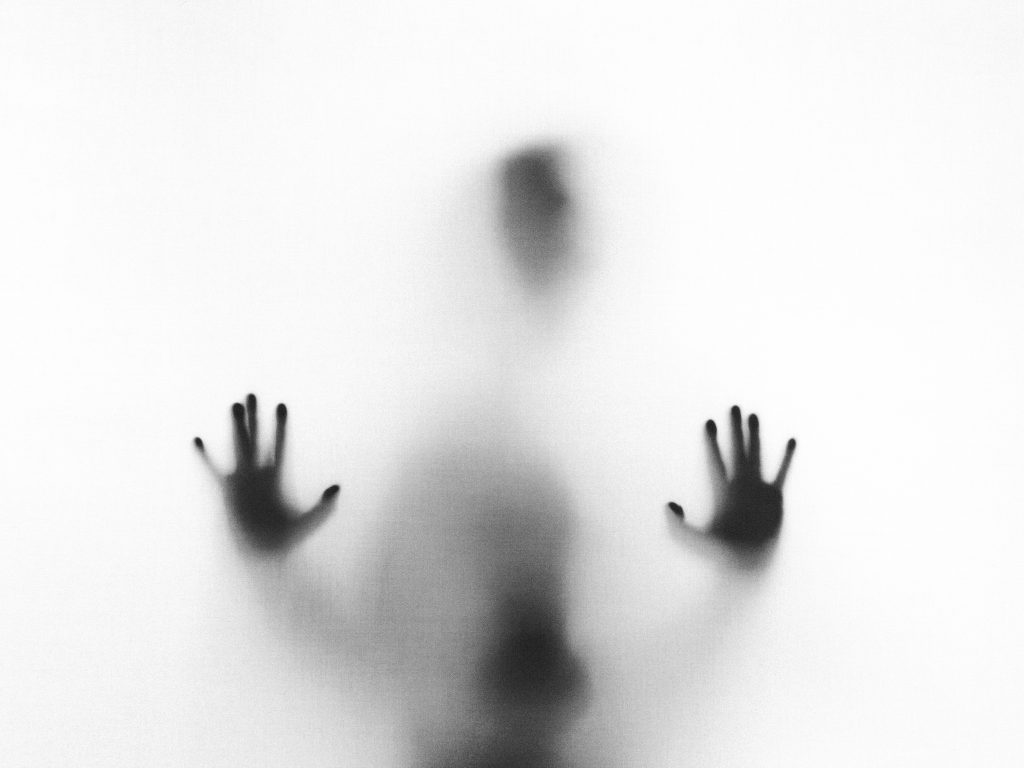
When it comes to anxiety disorders, there is no one type. Each form of anxiety has its own set of symptoms a treatment. It is important to remember that, while some symptoms will overlap, no two anxiety disorders are alike. This list aims to bring attention to the five major anxiety disorders and what they mean for the suffer. We at Psych2Go hope to bring awareness to the growing number of anxiety sufferers and their need. So, without further ado, what follows is an open list of the top five anxiety disorders as well as their symptoms and treatments.
1. Obsessive-Compulsive Disorder (OCD)
Obsessive-compulsive disorder technically has two components, the obsessions and the compulsions. Obsessions can encompass anything from a severe fear of germs to the placement of things around the home and many things in-between. The compulsions are what the sufferer does to rid themselves of those obsessive thoughts. Someone who has obsessions about germs may ritually wash their hands or carry hand sanitizer everywhere they go. Someone who has obsessive thoughts about the placement of objects might arrange and rearrange their belongings until they feel “just right.” These obsessions and compulsions can become very intrusive and disruptive to the sufferer’s daily life.
As far as treatments for OCD go, there are a couple. There are selective serotonin reuptake inhibitors such as fluoxetine sertraline. These medications are meant to help alleviate the symptoms for the sufferer so that they are at a manageable and less disruptive level. The other widely used is psychotherapy. With this, you might run into cognitive behavioral therapy that will be used to help the sufferer essentially reprogram their response to obsessions and compulsions. For the most part the medications and therapies are used in tandem to get the best results.
2. Generalized Anxiety Disorder
Generalized anxiety disorder, or GAD, is a bit unlike the other anxiety disorders on this list. Those who suffer from GAD aren’t always able to give a reason for their symptoms. In fact, one of the symptoms is a general feel of restlessness or unease. They may also experience worry as one of the symptoms. Everyone worries from time to time but GAD causes the sufferer might eternalize these worries and take them to an entirely new level. They may think of them in an obsessive manner which will cause a downward spiral of other symptoms such as a disturbance in sleep patterns.
The treatments available for GAD are similar to those of OCD, medications and therapy. Though in this case the medications may be benzodiazepines and antidepressants rather than the run of the mill SSRIs. Cognitive behavioral therapy is used with GAD as well as relaxation techniques and mindfulness.
3. Social Anxiety Disorder
Those with social anxiety disorder experience panic attacks related to social situations. This can manifest in a fear of public speaking or stage fright and can become so severe that they avoid going into public altogether. Social anxiety can also have symptoms of severe self-consciousness and a general fear of being around others. Someone with social anxiety might find it hard to speak when other people are present even if they aren’t addressing the crowd as a whole.
Social anxiety is mainly treated with SSRIs and therapy. As was stated before, just because a treatment option looks similar from one anxiety to another it isn’t going to be the same. Each sufferer presents with their own needs that must be taken into account. Each therapy isn’t going to work the same for each individual. Personalization of treatment is key in these situations.
4. Panic Disorder
Unlike the other anxiety disorders on this list, panic disorder rests solely on panic attacks. With many other anxiety disorders panic attacks are just a symptom. When it comes to panic disorder those attacks are the symptom. Panic disorder is characterized by recurrent panic attacks the follow the normal patter within. The sufferer may experience heart palpitations, a racing pulse, an intense fear, and the feeling that they are hopelessly out of control. There isn’t a rhyme or reason to many of these attacks so the sufferer is essentially lying in wait for the next one to come.
Panic disorder can be treated in many ways. The medications used are some that we’ve heard of such as benzodiazepines and SSRIs. We are also introduced to serotonin-norepinephrine reuptake inhibitors, or SNRIs, and beta-blockers. These medications, as with OCD, are often used in conjunction with therapy to help maximize the usefulness of each.
5. Post-Traumatic Stress Disorder
Post-traumatic stress disorder, or PTSD, can be diagnosed in anyone. For the most part, you have probably heard it when someone speaks about veterans or police officers. While those careers have a higher rate of PTSD, it is in fact true that anyone can be diagnosed with it. PTSD is the result of a very traumatic event, or series of events. This leaves the sufferer with flashback and night terrors where they feel as if they are right back in the event again. Depending upon the triggering event, the sufferer may also suffer from panic attacks as well as phobias associated with people, places, or even sounds.
Medications such as fluoxetine venlafaxine may be used in the treatment of PTSD. Therapies such as prolonged exposure, cognitive processing therapy, and brief eclectic psychotherapy may be utilized as well. Again, this is a situation where the use of medications and therapy together can help give a better outcome than just one alone. It is important to note that those with PTSD can lash out in certain situations but there is no need to be afraid of the sufferers. There is nothing inherently dangerous about them. In fact, those with mental illness are exponentially more likely to be the victims of violent crimes than they are to be the perpetrator.
This is not a complete list of the different anxiety disorders out there by any means. Nor is it completely comprehensive in each description. There are many kinds of anxiety, these just happen to be the most talked about and diagnosed at this particular moment. Regardless of which anxiety disorder the diagnosis is for, it is important to remember that the sufferer is in need of help and acceptance. You don’t have to understand anxiety to be able to offer an ear to talk to or some words to keep their grounded in the moment. Remind the sufferer that they are alright, that what they are feeling are just symptoms of their anxiety, and that it will pass if given the time. Aside from that, just make sure that they know you are there with them and wait it out.
Other reading from Psych2Go:
A Start to Understanding Anxiety Disorders
11 Sleeping Tips for People with Anxiety
5 Psychology Exercises to Understand Your Anxiety Better
Resources:
“Anxiety Disorders.” National Institute of Mental Health, U.S. Department of Health and Human Services, www.nimh.nih.gov/health/topics/anxiety-disorders/index.shtml. Retrieved November 9, 2017
“PTSD: National Center for PTSD.” Treatment of PTSD – PTSD: National Center for PTSD, US Department of Veteran’s Affairs , 18 Aug. 2017, www.ptsd.va.gov/public/treatment/therapy-med/treatment-ptsd.asp. Retrieved November 9, 2017
(DCD), Digital Communications Division. “What Are the Five Major Types of Anxiety Disorders?” HHS.gov, HHS Gov, 21 Aug. 2015, www.hhs.gov/answers/mental-health-and-substance-abuse/what-are-the-five-major-types-of-anxiety-disorders/index.html. Retrieved November 9, 2017


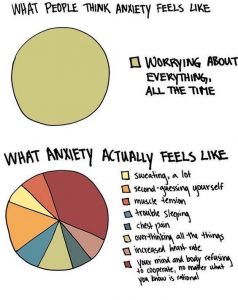

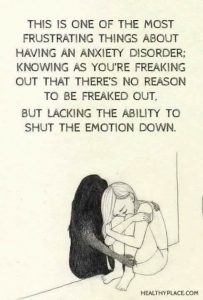
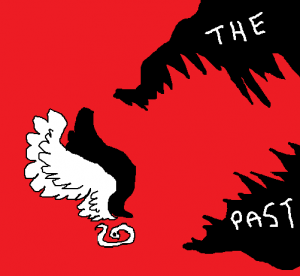

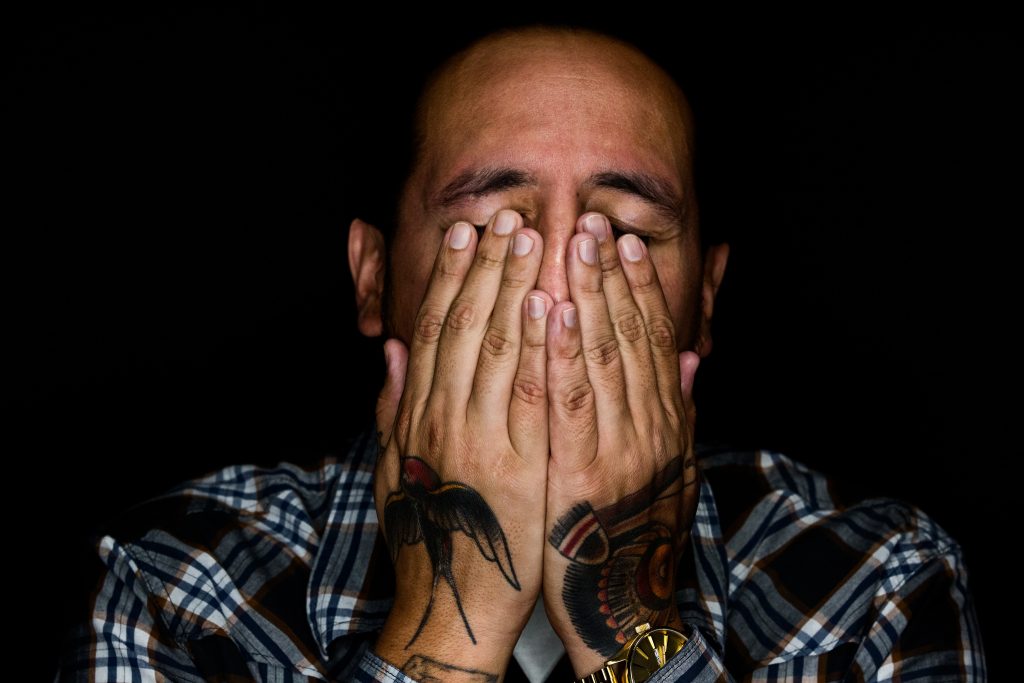


Responses